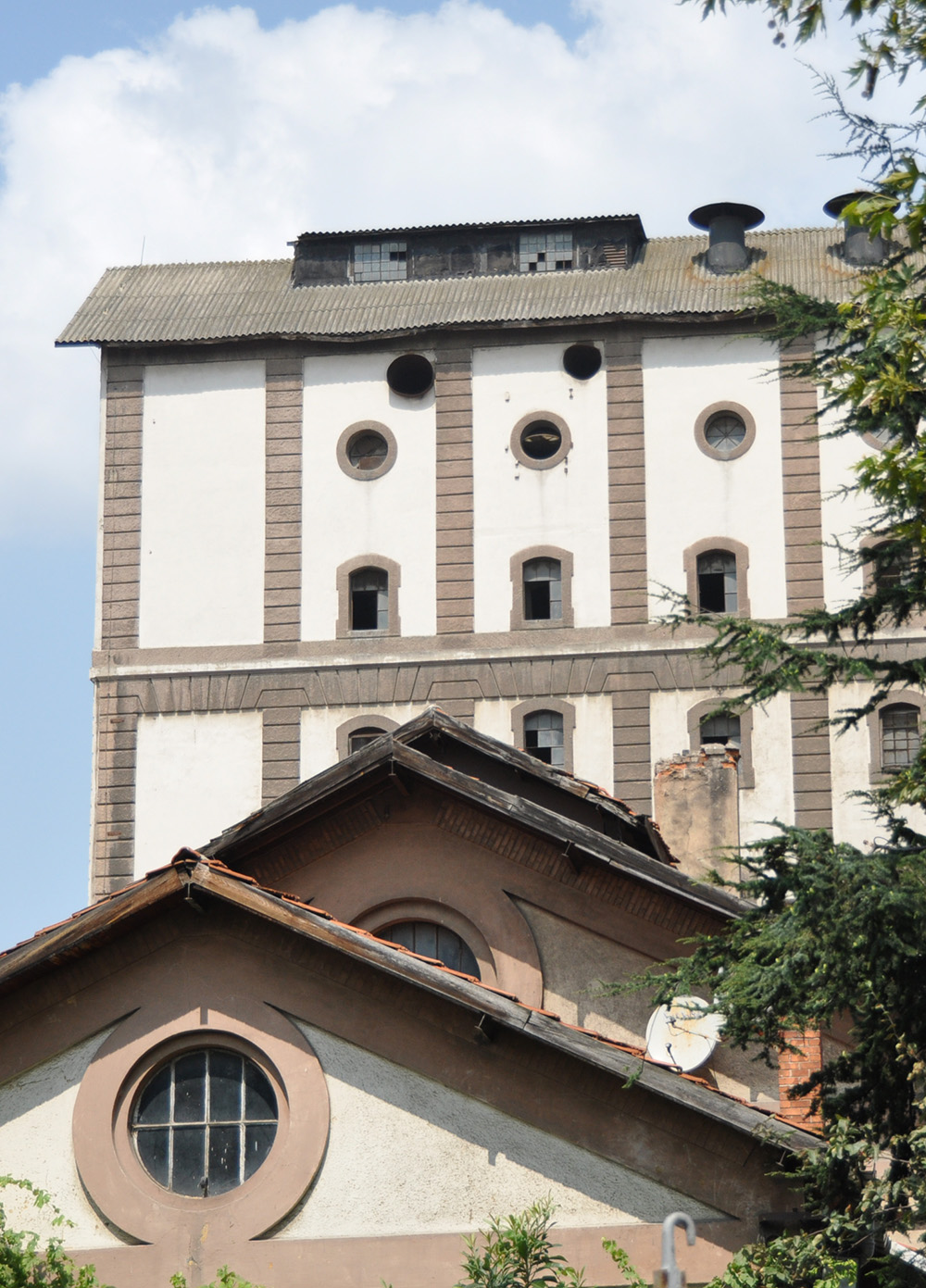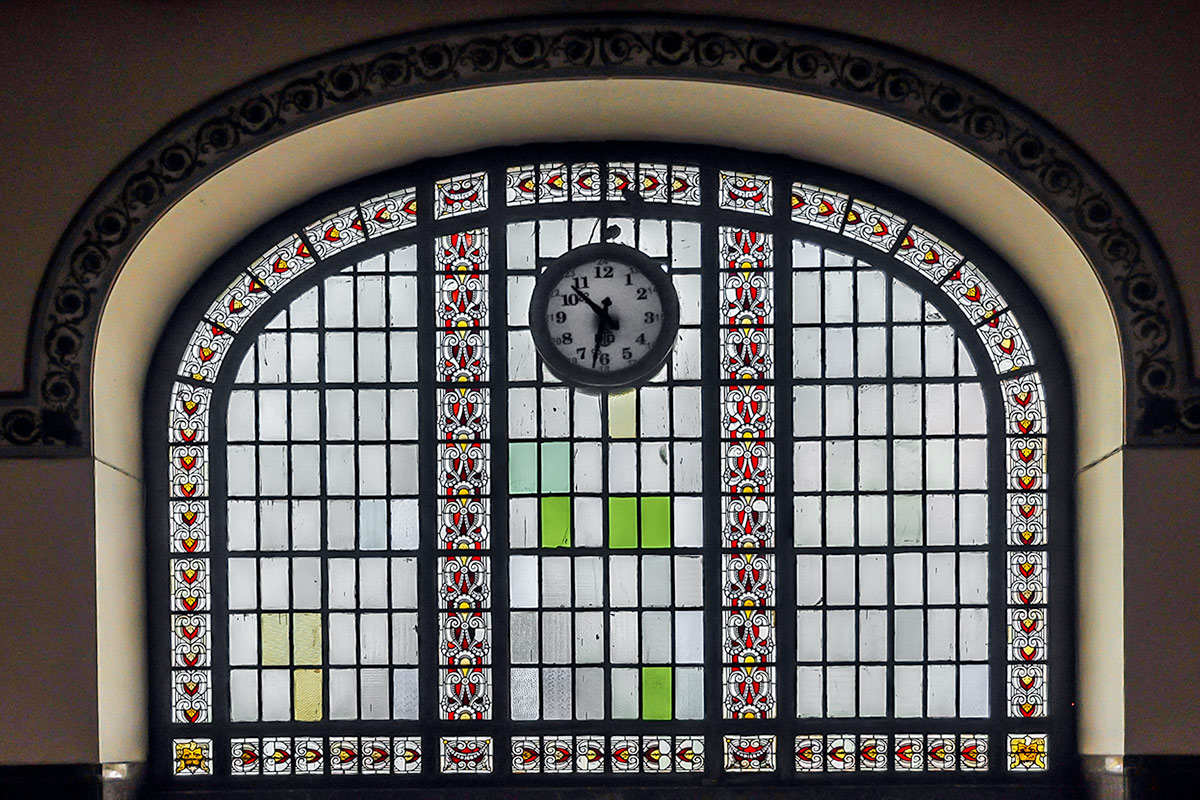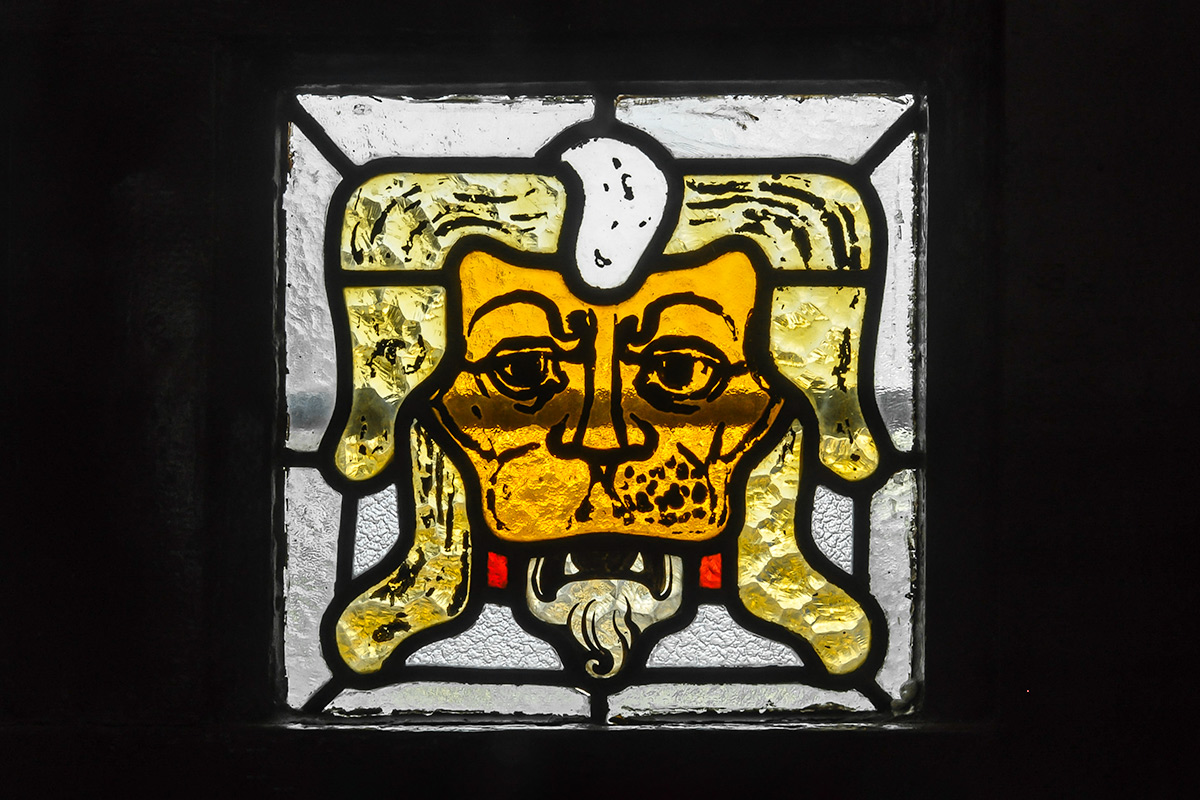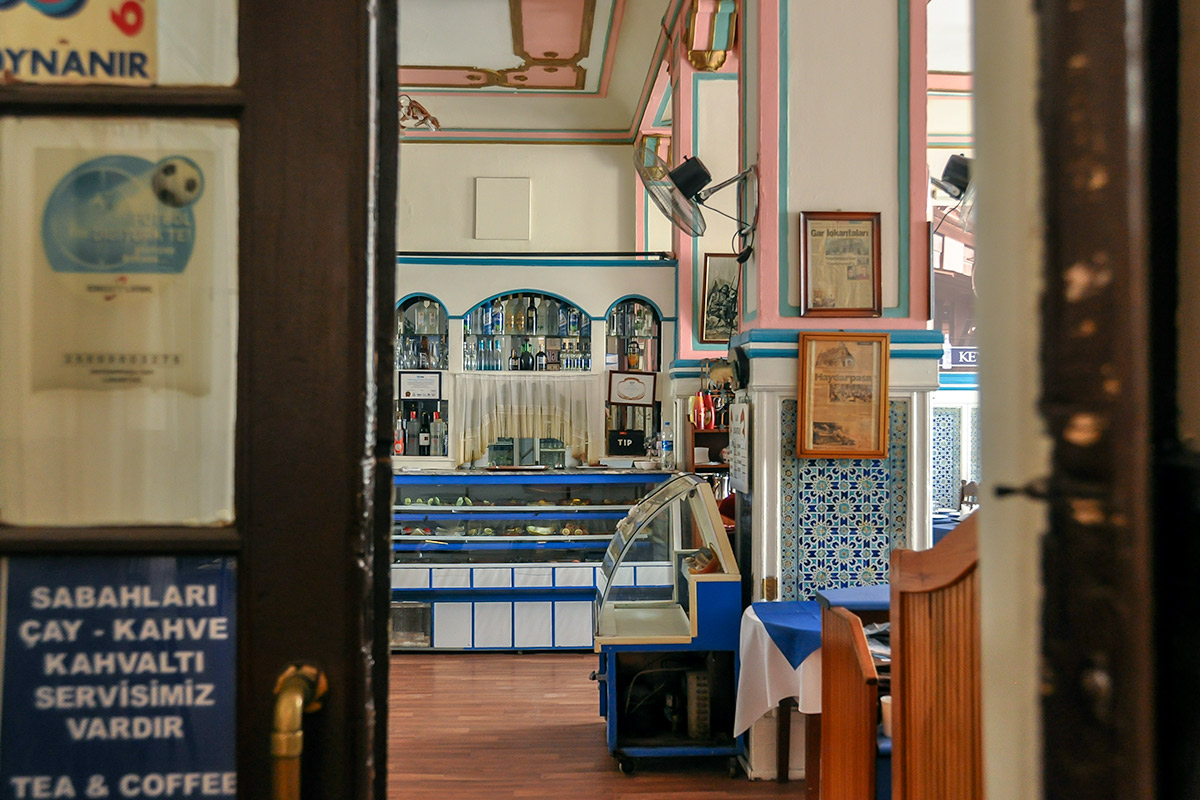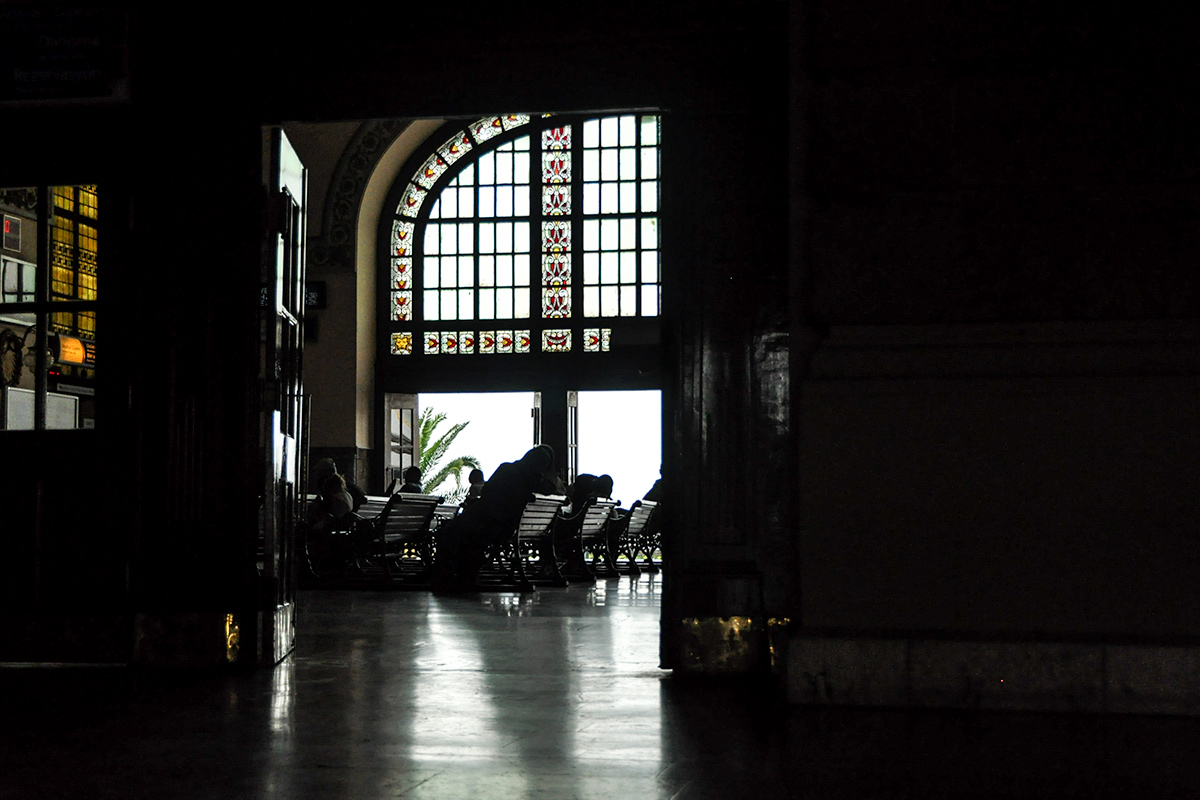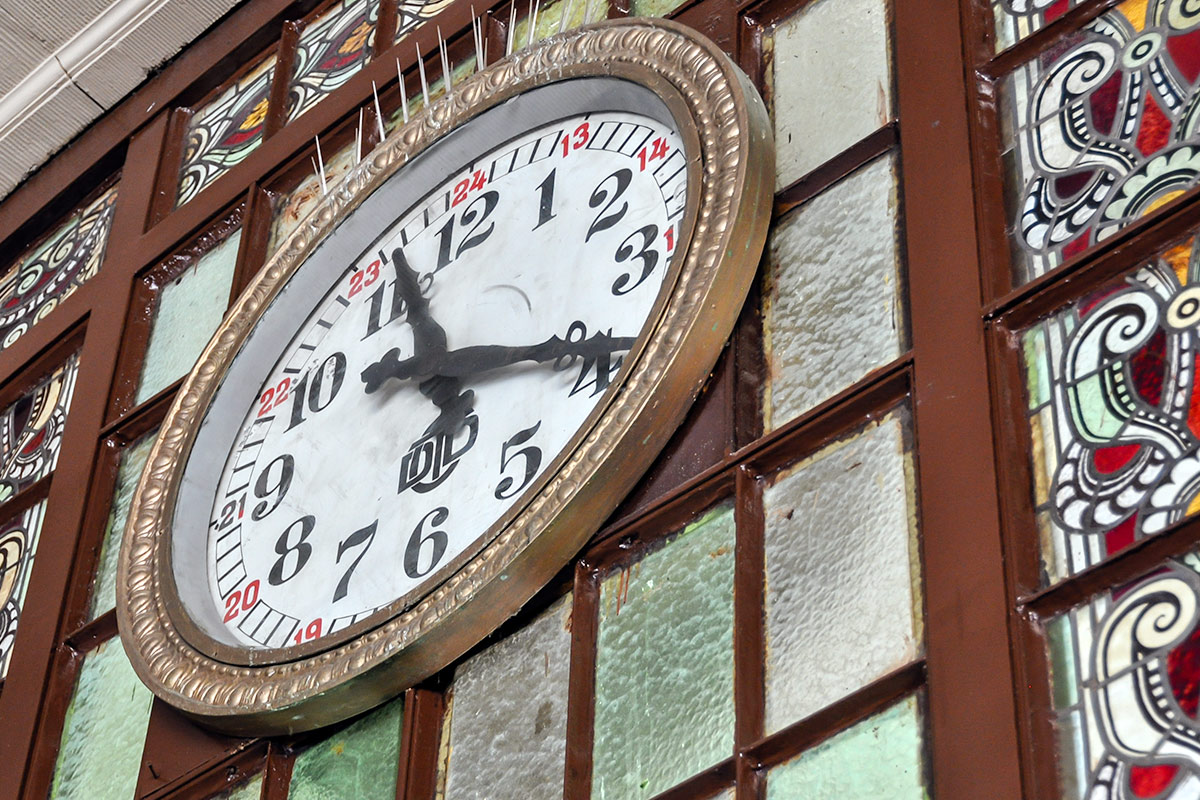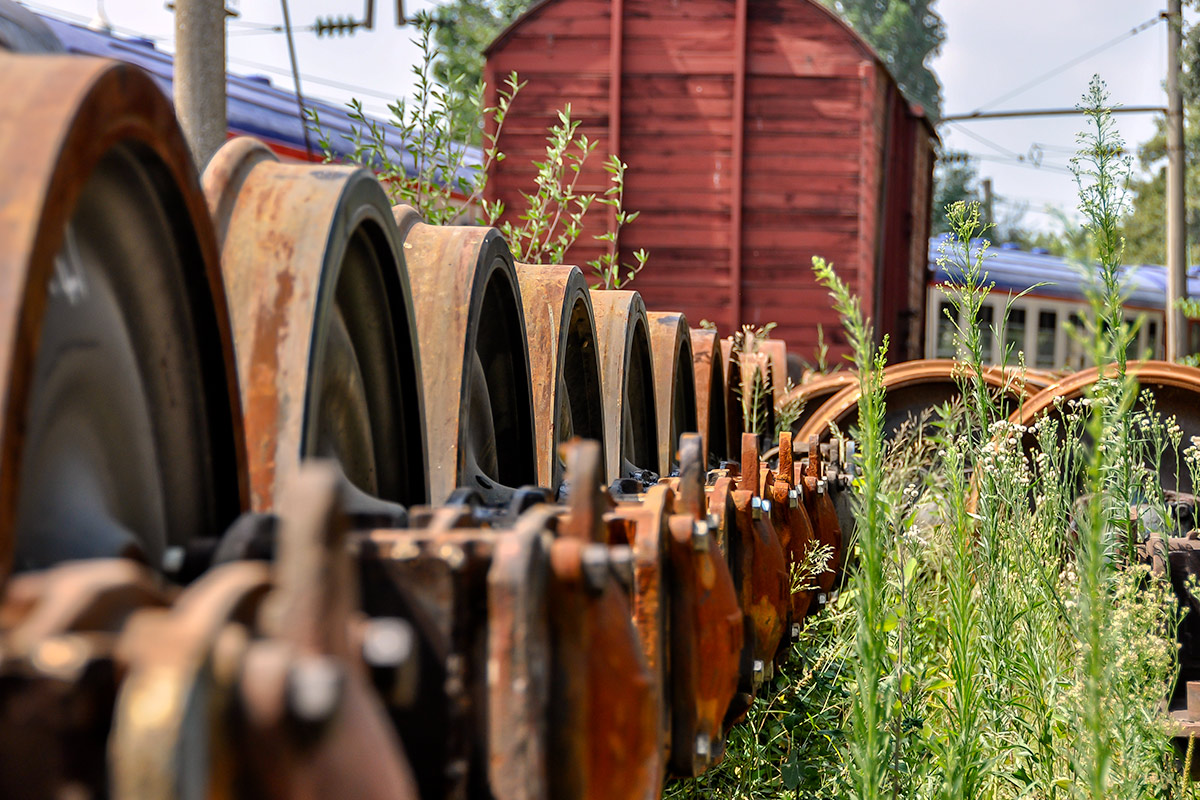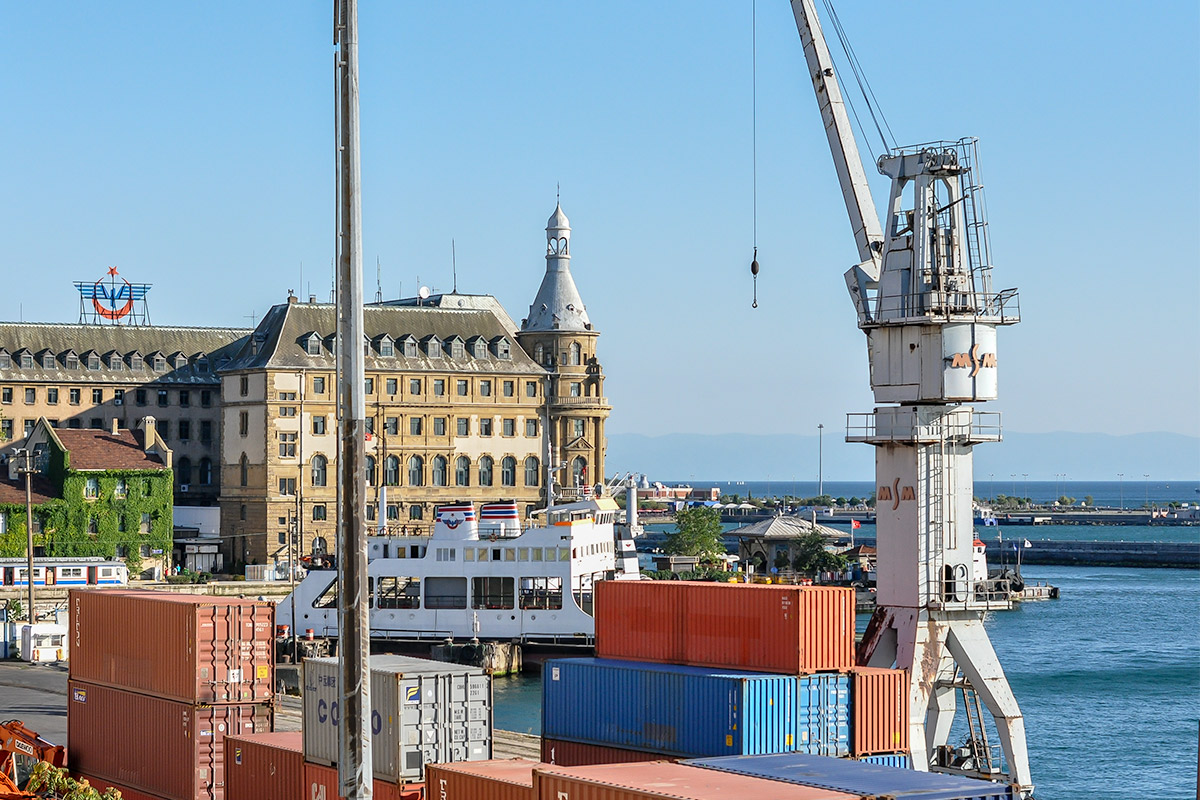The Haydarpaşa Railway Station, the castle-like building of today, was built 106 years ago during the reign of Ottoman Sultan Abdülhamid II by German architects Otto Ritter and Helmuth Cuno, as the starting point of the Istanbul-Baghdad, or Hejaz railway. Designed in neo-renaissance style which was popular in Germany at the time, Haydarpaşa Terminal’s construction started in 1906 and lasted until November 4, 1909 when the terminal was put into use. From this time it is called “the door of Asia”.
It was heavily damaged during World War I but rebuilt in its present configuration, Haydarpaşa witnessed the country’s transformation from the Ottoman Empire to the Turkish Republic. Haydarpaşa Station’s central and northern parts of the roof were badly burned during the most recent fire in 2010, plans are underway to redevelop the building.
Located on the Asian side of the city, the Haydarpaşa Railway Station was a major hub of transport in Istanbul since its construction in 1872 and was the largest and busiest rail terminal in the Middle East. Over the years the services expanded, trains connected Istanbul to Ankara, Kars and even Baghdad (Tauras Express) and Tehran (Trans-Asia Express).
The historic station had witnessed tearful departures of troops during World War I, to serveing as a first glimpse of a new start to those who migrated to Istanbul for a better life. It also lived through the country’s transformation from the Ottoman Empire to the Turkish Republic. Haydarpaşa Terminal is now used as a museum which keeps its historical objects such as library, a cabinet, tables, chair, and stoves from the Abdulhamid II era.
